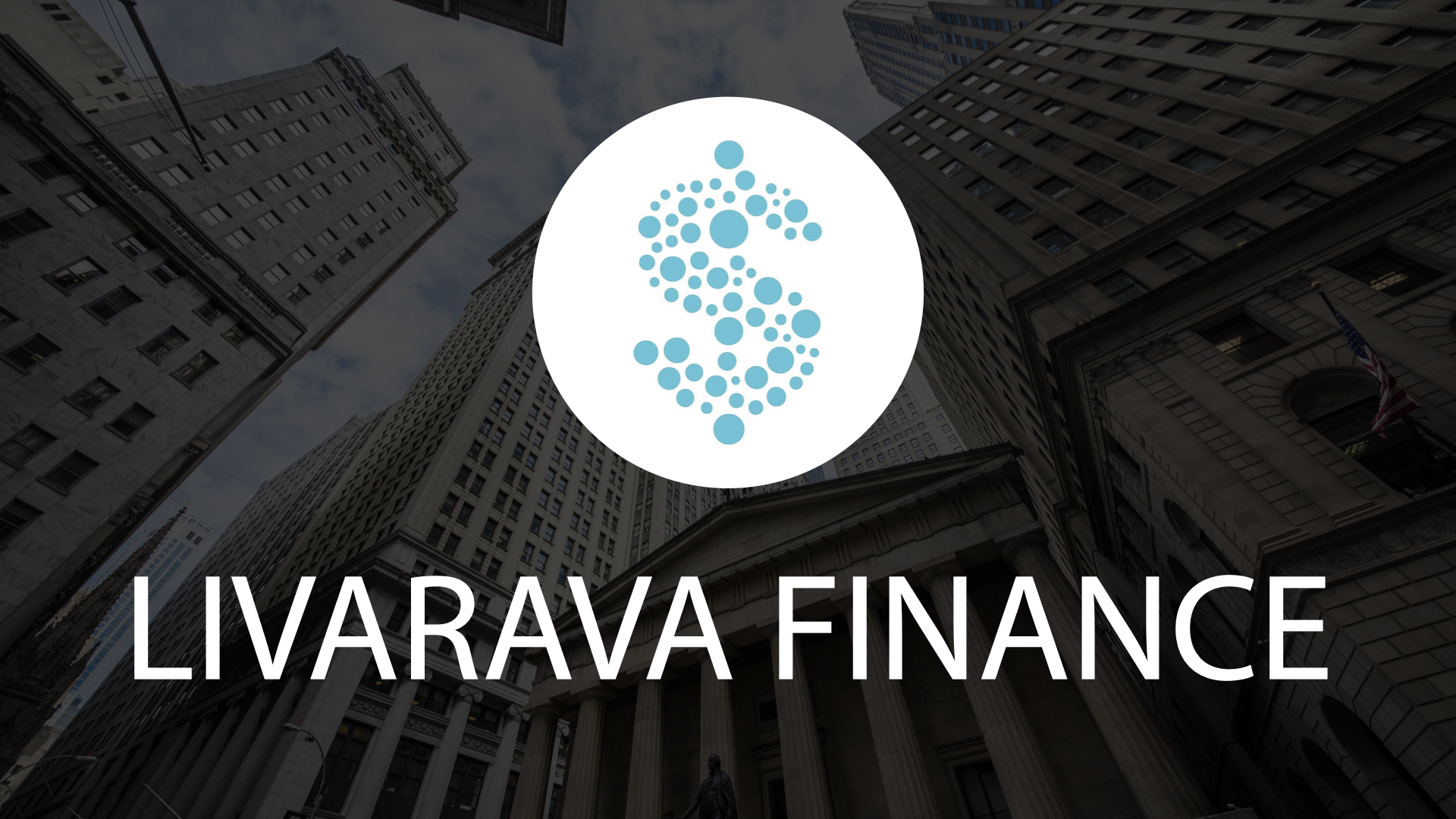US Slows Plans to Retire Coal-Fired Power Plants as AI Demand Surges

The astonishing surge in electricity consumption driven by artificial intelligence (AI) and other next-generation technologies is compelling the United States to reconsider its timeline for retiring coal-fired power plants. These aging power stations, once slated for closure, are now crucial for meeting the burgeoning power demand and ensuring grid stability.
The Growing Demand from AI
Artificial intelligence applications, including high-profile examples like ChatGPT, are projected to consume massive amounts of electricity. According to a report by the International Energy Agency, AI systems like ChatGPT utilize up to ten times the energy consumed by standard applications such as Google Search. This unprecedented demand is primarily due to the intensive computational resources required to process and store vast amounts of data.
In light of these developments, the US energy sector faces significant challenges. Joe Craft, the CEO of Alliance Resource Partners, one of the largest coal producers in the country, stated, “You can’t replace the fossil plants fast enough to meet the demand,” highlighting the dilemma of balancing AI's explosive growth with the country's power generation capabilities.
To address these concerns, operators of coal-fired power plants have postponed their retirement plans. For example, Alliant Energy plans to delay converting its Wisconsin coal plant to natural gas until 2028, three years later than initially scheduled. Similarly, FirstEnergy retracted its 2030 target to phase out coal, citing concerns over resource adequacy.
Implications for Energy Policy
This shift in policy underscores the complex energy landscape the Biden administration must navigate. On one hand, the administration aims to lead in AI and technological advancements. On the other hand, it faces the daunting task of reducing carbon emissions in line with its decarbonization goals. The planned retirement of an estimated 54 gigawatts of coal-powered generation by the end of the decade has already seen a 40 percent reduction, down from last year’s estimates.
The need to keep up with AI-driven power demand while promoting sustainable energy presents a formidable challenge. The International Energy Agency warns that data centers, which house many AI systems, could consume nine percent of US electricity by 2030. This statistic further emphasizes the importance of modernizing the grid and diversifying energy sources.
Challenges in Grid Modernization
Upgrading the power grid to accommodate this increased demand is crucial. The current grid infrastructure struggles to integrate renewable energy sources such as wind and solar at the scale required to replace all retiring fossil fuel plants. As a result, maintaining coal-fired plants becomes a necessary, albeit temporary, measure.
Experts argue that without significant investment in grid modernization and energy storage solutions, it will be challenging to transition smoothly from coal to renewable energy sources. Such investments are critical for enhancing the reliability and resilience of the grid, especially as AI and other technologies continue to evolve rapidly.
Grid modernization projects often involve extensive upgrades, including the installation of advanced sensors, smart grids, and other technologies that can efficiently manage power distribution and consumption. These upgrades are essential for integrating more renewable energy sources, thereby reducing dependence on fossil fuels.
Balancing Environmental Goals with Demand
The delay in retiring coal-fired power plants has sparked debate among policymakers, environmentalists, and industry stakeholders. While there is a consensus on the urgent need to address climate change by reducing greenhouse gas emissions, the practical challenges of meeting immediate power demands cannot be overlooked.
Balancing these competing priorities requires innovative approaches and comprehensive energy policies that support both technological advancement and environmental sustainability. For instance, investing in cleaner energy technologies such as natural gas and nuclear power, alongside renewable energy sources, could provide a more balanced energy mix.
Conclusion
The US energy sector stands at a crossroads, with the rise of AI technology exerting unprecedented pressure on the nation’s power supply. As coal-fired power plants delay their retirement to meet this growing demand, policymakers must navigate the intricate balance between accelerating AI advancements and achieving long-term environmental goals. The path forward will require significant investment in grid modernization, renewable energy integration, and innovative energy policies that address both short-term needs and long-term sustainability.
This article was prepared using information from open sources in accordance with the principles of Ethical Policy. The editorial team is not responsible for absolute accuracy, as it relies on data from the sources referenced.
FAQ
Why is the US delaying the retirement of coal-fired power plants?
The US is delaying the retirement of coal-fired power plants to address the substantial increase in electricity demand driven by artificial intelligence technologies and to ensure grid reliability.
How much more electricity does AI consume compared to other applications?
AI applications like ChatGPT can consume nearly ten times more electricity than standard applications such as Google Search, according to the International Energy Agency.
What are the estimated retirement plans for US coal-powered generation?
Approximately 54 gigawatts of US coal-powered generation assets are expected to be retired by the end of the decade, a 40 percent downward revision from last year's estimates due to reliability concerns.
What are the main challenges in modernizing the US power grid?
Modernizing the US power grid involves extensive upgrades such as advanced sensors, smart grids, and effective integration of renewable energy sources. This modernization is crucial for managing the increased power demand from AI and reducing reliance on fossil fuels.
What measures can balance AI-driven power demand with environmental goals?
Balancing AI-driven power demand with environmental goals can be achieved through significant investments in grid modernization, development of cleaner energy technologies like natural gas and nuclear power, and comprehensive energy policies that support renewable energy integration and sustainability.